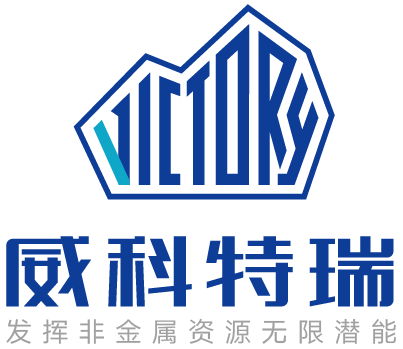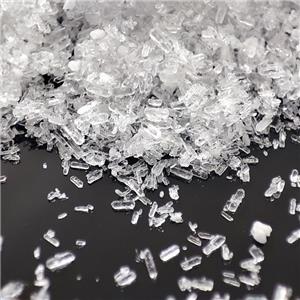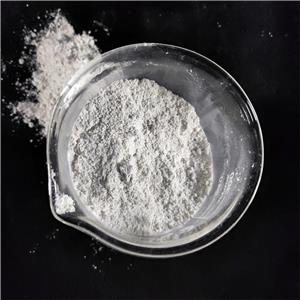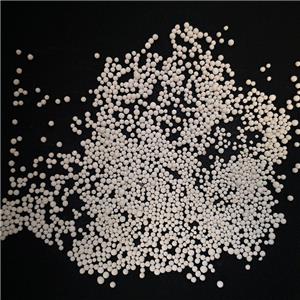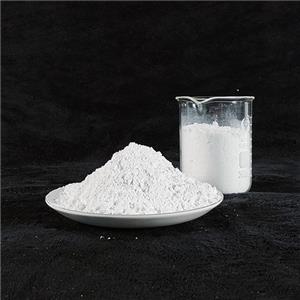Industry trends of antimony products
Antimony is a key strategic metal known for its heat and corrosion resistance, earning it the nickname "industrial MSG." The current industry landscape presents a complex landscape characterized by stable traditional demand, rising emerging demand, highly concentrated and tight supply, and an increasingly prominent strategic position.
The following is a detailed analysis of several key trends:
1. Demand: New and old drivers coexist, and the structure is shifting.
Traditional Mainstay: Demand in antimony trioxide for Flame-retardant remains stable.
Status: Flame retardants are the largest consumer of antimony (accounting for over 55% of global antimony consumption). Antimony trioxide for Flame-retardant are primarily used in materials such as plastics, rubber, and textiles, along with antimony trioxide (Sb₂O₃).
Trends: Despite challenges from environmentally friendly alternatives like halogen-free flame retardants, antimony trioxide for Flame-retardant's high efficiency and cost advantages ensure robust demand in industries such as construction, electronics, and automotive. Improved global fire safety standards and the development of emerging markets will continue to support demand in antimony trioxide for Flame-retardant.
Emerging Core: Rapid Growth in Demand for Photovoltaic Glass Clarifiers.
Driving Factors: The accelerating global energy transition and the rapid development of the photovoltaic (solar) industry. Metallic antimony is an essential fining agent (in the form of sodium antimonate pyrophosphate) in the production of photovoltaic glass, used to remove bubbles from the molten glass.
Trend: This has been the strongest demand growth area in recent years. Each gigawatt of photovoltaic panels requires approximately 40-50 tons of sodium antimonate pyrophosphate. As countries around the world increase their photovoltaic installation targets, demand for antimony in this sector is expected to continue to grow rapidly, becoming a key variable influencing the supply and demand balance of antimony.
Strategic Applications: Military and Lead-Acid Batteries
Lead-Acid Batteries: Antimony is used to increase the hardness and strength of lead-acid battery grids (accounting for approximately 20% of demand). Although lithium batteries dominate the power sector, lead-acid batteries still have a significant market in areas such as start-stop systems, electric two-wheelers, and data center backup power supplies, and demand remains resilient.
Military and Defense: Antimony is a key raw material (antimony-lead alloy) in the manufacture of bullets, artillery shells, armor-piercing projectile cores, and smoke bombs, possessing irreplaceable strategic military value. Geopolitical tensions have intensified countries' demand for strategic antimony reserves.
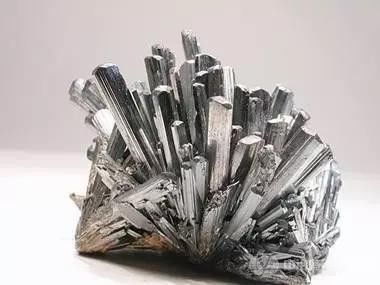
2. Supply Side: High Concentration, Prominent Bottlenecks
High Concentration of Resources and Production:
Global antimony trioxide reserves and production are highly concentrated in a few countries. China is the world's largest antimony producer and supplier.
Russia (Polar Gold), Tajikistan, Australia, and Kyrgyzstan are other major producers. This highly concentrated supply structure makes the supply chain highly vulnerable to geopolitical influences, export policies, and social unrest.
Weak Supply Growth:
Antimony trioxide is rarely produced as a primary mineral product, but is mostly a by-product of metals such as tungsten and gold. Mining costs are high, and investment appetite is limited.
With a lack of large-scale new mining projects worldwide and declining grades at existing mines, global antimony ore supply growth is expected to be very limited in the coming years. Supply rigidity is a core characteristic of the current market.
3. Price and Market Trends: Long-term Optimism, Increasing Volatility
High Prices: Driven by a combination of "demand growth (photovoltaic)", supply rigidity, and strategic reserves", antimony trioxide prices are expected to remain high in the medium to long term, with upward pressures likely.
Increased Volatility: The antimony trioxide market is relatively small, and even minor changes on any one end (such as environmental inspections in China, changes in a country's export policies, or centralized procurement for large-scale photovoltaic projects) can cause significant price fluctuations.
Strategic Reassessment: Western economies such as the EU and the US have designated antimony trioxide a critical mineral. Concerns about the security of its supply chain have led them to actively seek sources of supply outside of China and strengthen resource recycling.
